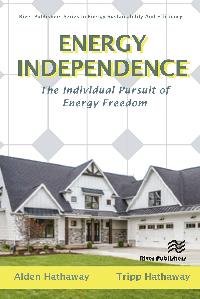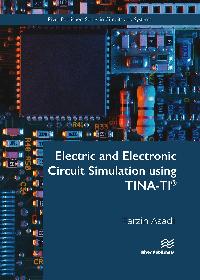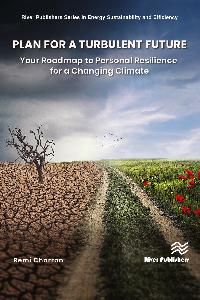

 |
Energy Independence: The Individual Pursuit of Energy FreedomAuthor: Alden M Hathaway and Tripp Hathaway |
 |
Electric and Electronic Circuit Simulation using TINA-TI®Author: Farzin Asadi |
 |
Plan for a Turbulent Future: Your Roadmap to Personal Resilience for a Changing ClimateAuthor: Remi Charron |
Photovoltaic modules on roof are always live during the day. At night, in the case of building fires, apparatus-mounted lights of first responders may cast enough lux over the photovoltaic system to activate them. Thus, the d.c. wires between modules and between modules and the inverter may be at a dangerous voltage. This hazardous situation occurs even if the main a.c. breaker within the house panel is turned off. PV modules must be deenergized at all times during firefighting (or simply during their maintenance) by shutting off of all sources of power.
In the U.S., article 690.12 of the National Electrical Code (NEC) has introduced the rapid shutdown requirement for PV systems. The purpose of the rapid shutdown, which must be implemented through an easy-to-activate procedure, is to rapidly reduce the voltage of PV circuits to safe levels. The NEC coined the term array boundary, defined as the region extending 30 cm from the PV array in all directions. The rapid shutdown system controls d.c. conductors and inverter output a.c. circuits originating from the microinverters within the array boundary.
According to the NEC, the voltage of d.c. conductors located outside the array boundary, or more than 1 m from the point of entry inside a building, must not exceed 30 V within 30 s of the rapid shutdown initiation. On the other hand, the voltage of d.c. conductors located within the array boundary must not exceed 80 V within 30 s of the rapid shutdown initiation. The arbitrary limit of 80 Vdc is well below the conventional threshold of danger of 120 Vdc identified by IEC international standards. However, the U.S. Occupational Safety and Health Administration (OSHA) is of a different opinion, since it considers equally dangerous a.c and d.c voltages of 50 V or greater.
To limit the inside-the-boundary voltage to 80 V, the disconnection of strings of PV modules, which are generally connected in parallel to form an array, may not be sufficient. The PV modules themselves may need be disconnected from each other to lower the total string voltage. This may require the retrofit of string inverters with disconnecting equipment and communication units. On the other hand, PV module-level electronics, such as optimizers and microinverters, are inherently compliant with the rapid-shutdown feature, thanks to their built-in capabilities. Upon the shut off of the main a.c. breaker, or when the d.c. disconnect of the inverter is opened, the absence of voltage turns the microinverters off within a few cycles.
1 Spataru, S., Sera, D., Blaabjerg, F., Mathe, L., and Kerekes, T. (2013). Firefighter safety for PV systems: Overview of future requirements and protection systems. 2013 IEEE Energy Conversion Congress and Exposition, 4468–4475.
RP Book Discussion – Energy Independence, Alden M Hathaway and Tripp HathawayPhilippa Jefferies talks to Alden Hathaway and Tripp Hathaway about their forthcoming book ‘Energy Independence: The Individual Pursuit of Energy Freedom’, which presents a plan where the average homeowner can not only achieve energy independence for their household, but usher in the new energy economy. |
 |
Distributed Generation & Alternative Energy JournalVijay K. SoodThis is a quarterly publication that provides detailed information on the latest developments in fields such as: Distribution and generation, Demand side response and management Smart local energy systems (including smart cities), Renewables and other cleantech developments. |
 |
Strategic Planning for Energy and the EnvironmentMedani P. BhandariThis journal features publications of high quality and multi-faceted articles encompassing planning and policies and research and development in the field of energy and environment for global sustainability and harmony. |
